35th Anniversary Retrospective: Friday the 13th Part III (1982)

The slasher sub-genre really came into its own in the early 1980s; thanks to the film that spawned this franchise, everyone with even just an ounce of filmmaking know-how was capitalizing on the slasher boom that Friday the 13th induced.
The slasher structure was easy to follow, and sometimes due to fluking it or sometimes because of actual talent behind the camera, there was a genuine sleazy vision that came through the framing, lighting, and SFX work. It is quintessential comfort zone horror; it is the most basic of horror with its simplicity and predictability, sometimes making for some of the most entertaining horror. Towards the end of the early ‘80s, many entries in the sub-genre veered towards campy and cheesy shenanigans. 1982’s Friday the 13th Part III, turning 35 years old this August, is a slasher sequel that is a perfect example of all this.
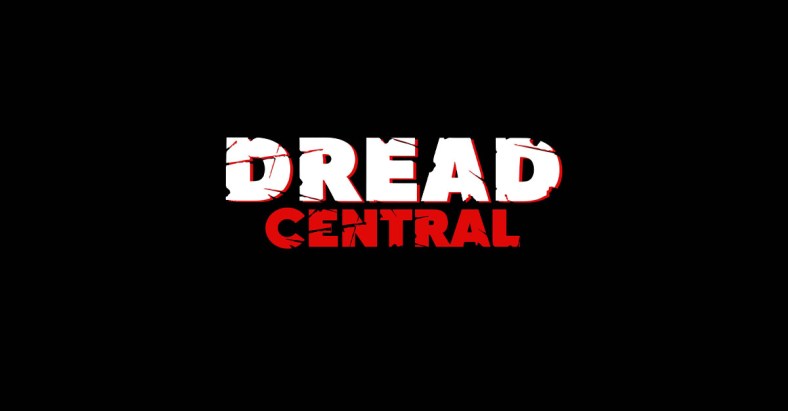
The director of the previous year’s Friday the 13th Part 2, Steve Miner, returns here. Like every installment in the series, it is a retread of the same formula, but tweaked a little to give it its own unique identity. Instead of young camp counselors in the setting of a campsite, this time it is a group of teenage college friends on a weekend getaway at a Crystal Lake farmhouse. Jason Voorhees wears his iconic hockey mask for the first time. The late Richard Brooker’s portrayal of the hulking backwoods maniac man-child set the template for everybody who donned the mask thereafter. The theme by regular F13 composer Harry Manfredini is a corny and funky disco track. It is also one of the most famous 3D movies of the ‘80s.
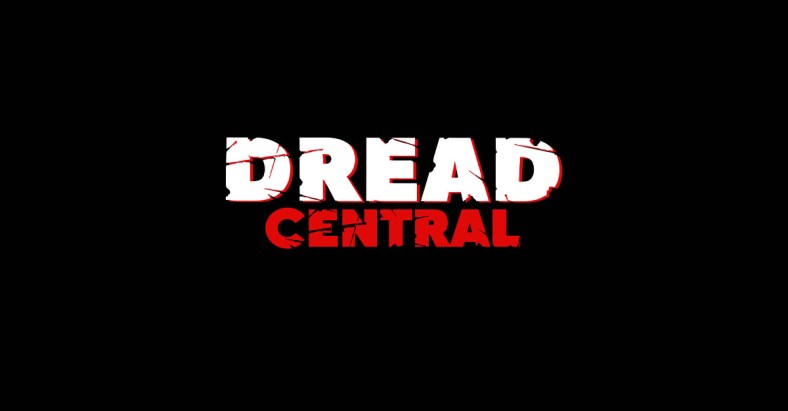
The writer of 1980’s original Friday the 13th, Victor Miller, had created the young boy Jason who drowned at Camp Crystal Lake in 1957 purely as a backstory for the motive of his vengeful murdering mother, Pamela Voorhees. SFX wiz Tom Savini designed the deformed appearance of this mentally challenged boy, who would come out of the lake in the final Carrie-esque jump scare depicted in a dream sequence, which was a rewrite of Miller’s original ending. It was not until Friday the 13th Part 2, when writer Ron Kurtz and director Steve Miner, who had served as an associate producer on the previous film, made Jason Voorhees the antagonist. Miner then elevated the character’s status to major iconic movie villain in this entry, creating a new distinct look for him by giving him what would become, purely by accident, his prominent franchise trademark hockey mask, which is now deeply imbedded in modern popular culture. Not bad going for a fluke.
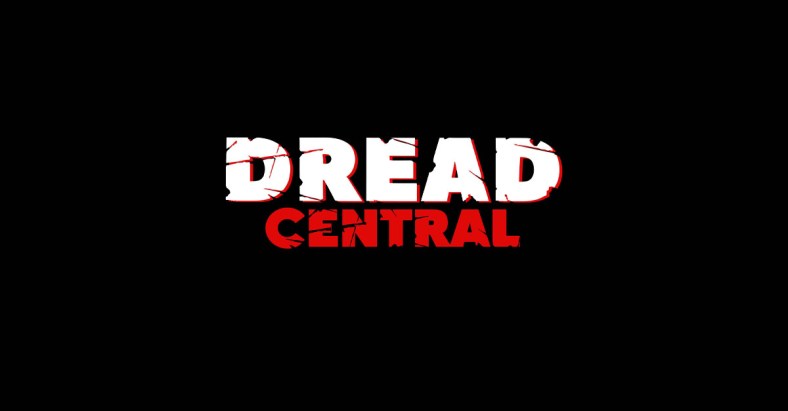
The film begins with a recap of Part 2’s climax, after which there is a retcon leading into the opening events here, which possibly renders that previous installment’s final jump scare ending as a dream sequence much like the original’s closing moments. We now see a wounded Jason lying on the ground, with his face out of frame. He drops his bloodstained machete that was embedded in his left shoulder by final girl Ginny; leaving it there along with the burlap sack that concealed his grotesque visage, he crawls away. The reason for the retcon and Voorhees’ face out of picture is because he is given a new imposing look here for a more intimidating presence and to add more surprise and shock to his reveal in the climax facing off against the final girl.
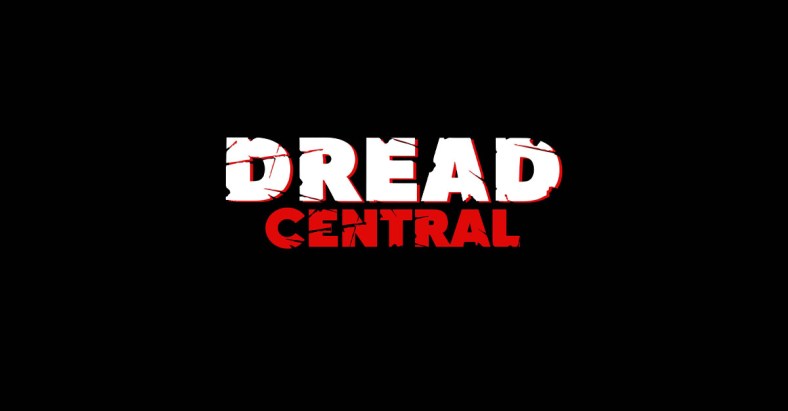
The camera then slowly zooms in on Mrs. Voorhees’ mummified severed head. As it reaches a close-up and freeze frames, we hear Manfredini’s electro disco-esque score come in, with its synth bass and drum beat, along with the title card flying out from the macabre image in bright red. This is to let the audience know that the following proceedings are in 3D.
There is then a flash-forward to the night after the events of Part 2, with the obligatory opening stalk n’ slash sequence. Jason Voorhees has found his way to a local lakefront grocery store, where he steals clothes to replace his bloodstained and torn rags from Ginny’s machete attack. He has somehow miraculously healed from his wound, as the screenwriters do not give a damn about continuity, throwing all logic out of the window.

Here Jason dispatches in expected grisly fashion an undesirable husband and wife running the store, but only after we are subjected to the man’s bowel movements. We witness him sitting on the toilet, complete with disgusting pooping sounds, and the dirty bastard does not even wipe his ass, flush, and wash his hands after. Three times this film uses the common horror trope of exploiting our vulnerability in our most private moments to add to the fear factor – twice answering the call of nature and once naked while taking a shower. The latter is also used here to show us wet naked female flesh, juxtaposing titillation with a simultaneous gruesome death of the woman’s boyfriend and leading up to the next horrific set-piece.
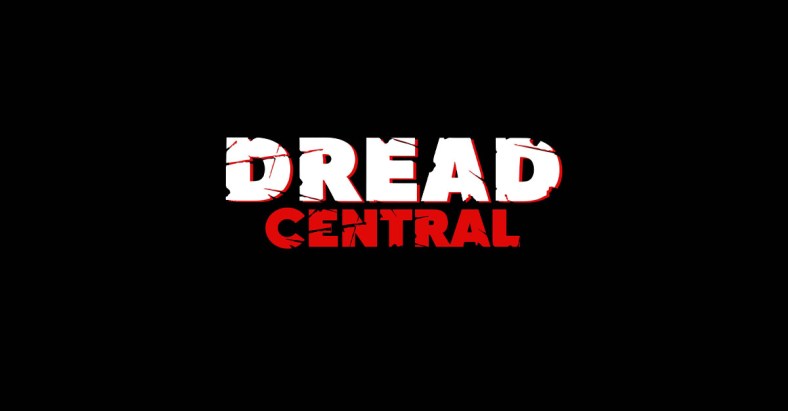
Cutting to the next scene, we are introduced to the young group of slasher fodder. Their personality traits and relationships are established as they head off in a van to Higgins Haven, the family farmhouse of final girl Chris Higgins (Dana Kimmell). This continues the stereotypical teen characters of the franchise and of the sub-genre in general. There is the horny couple – Chris’ best friend who is pregnant, Debbie (Tracie Savage), and Andy (Jeffrey Rogers). There is the hippy stoner couple, Chuck (David Katims) and Chili (Rachel Howard), and the tubby prankster, Shelly (Larry Zerner), whom they all hate but we pity. Shelly’s way out of his league love interest is Vera (the beautiful Catherine Parks). Arriving at Higgin’s Haven, we meet Chris’ boyfriend, Rick (Paul Kratka). Unbeknownst to this group of friends, Voorhees is hiding out in the farmhouse’s barn.
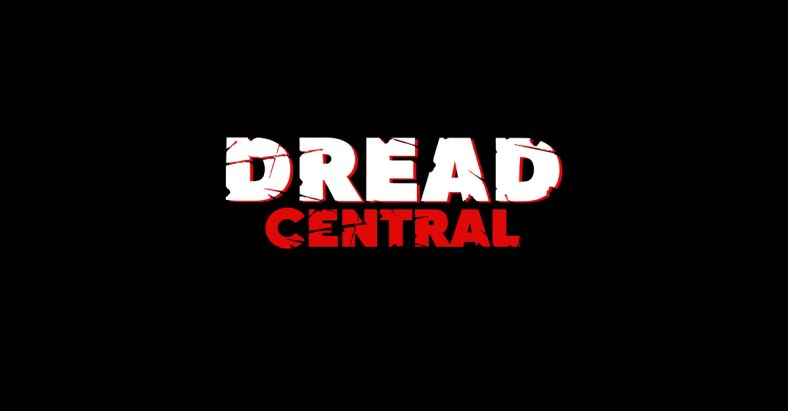
After Shelly and Vera get into an altercation with a gang of three bikers when visiting a grocery store, the bikers go to Higgins Haven to get revenge by siphoning the gas from their van, with the intention of burning down the barn. Instead, this sets up a set-piece during the climatic chase sequence, as Jason Voorhees inevitably murders all three of them.

While Chris and Rick have some alone time together away from the farmhouse, she explains to him why she moved away two years ago. In her flashback, a “horrible, disfigured man” attacks her, with an implication that she may have also been raped. Then, back at the farmhouse, after Shelly plays a prank on Vera wearing a hockey mask and using a speargun, he ventures into the barn when he hears a noise. A large man then comes out wearing the hockey mask and carrying the speargun, and it sure is not Shelly.
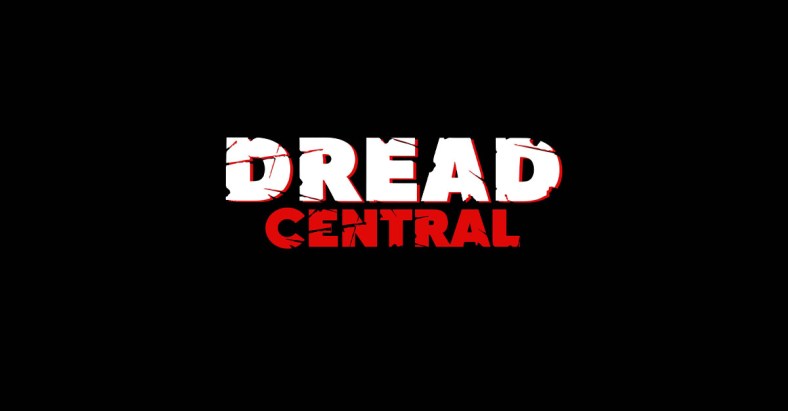
That is it. That is as far as the narrative goes, as Jason bumps off everyone in explicit, gory detail until, predictably, Chris remains for a thrilling chase and face-off for the last 20 minutes, which is the strongest part of the proceedings. This includes the usual final girl discovering her dead friends’ bodies and Voorhees throwing a corpse through a cabin window. The screenplay is of course terrible; it serves simply as an excuse to get a bunch of kids together in one location to be murdered in various graphic ways.
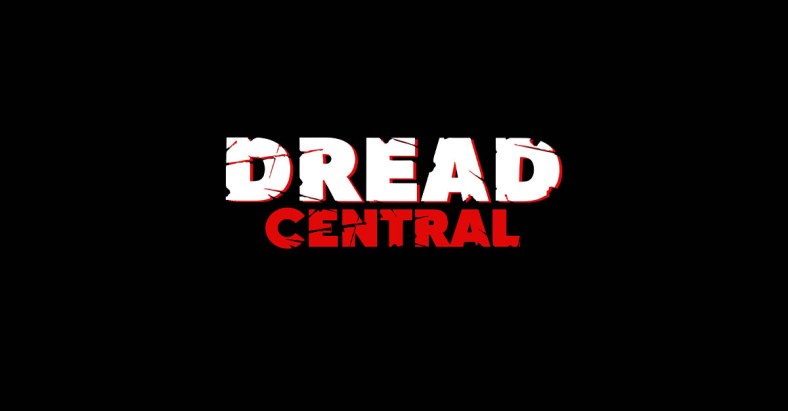
The screenwriters do not give a fuck about logic. When the kids are on their way to Higgins Haven, they come across a crazy old man lying in the middle of the road and holding a human eyeball. They forget all about it straight after, not thinking to call the police. The old man takes the place of Crazy Ralph, who was killed in Part 2, as the older generation warning the young of impending life threatening danger is a common trope in the slasher sub-genre. Not one police officer drops by the farmhouse to warn them that a madman is on the loose, and there is not one TV or radio in the place to watch and listen to the news. Being oblivious to all the carnage around them in such a small town is just fucking ridiculous. Yet, despite being so moronic, this still manages to be very entertaining stuff, ticking most of the right boxes for a serviceable slasher outing.
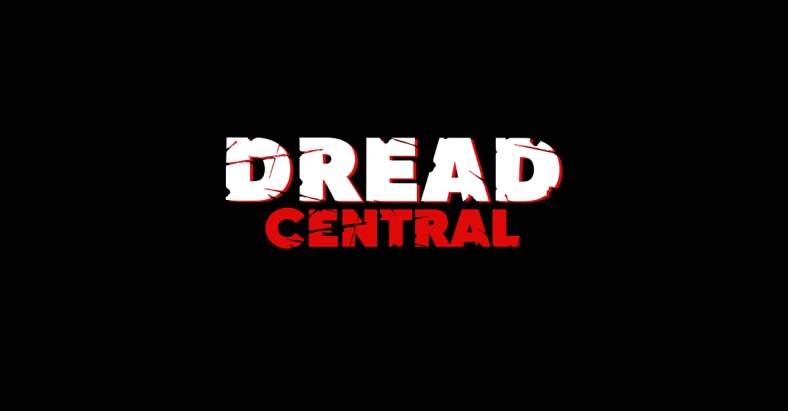
One of the main criticisms of this sub-genre is the characterizations of one-dimensional, annoyingly obnoxious teenagers, but the characters here are written and act in such an over-the-top fashion, delivering such hammy dialogue, it just adds a campy and cheesy charm, making them an ultimately likable bunch. The awful acting of Kimmell almost ruins Chris; however, she is made a sympathetic character due to her plight of her past trauma of being attacked, and possibly raped, by Jason Voorhees; her realization that the masked nutcase who is terrorizing her, and who has murdered all her friends, is the same man; and her descent into madness in the closing moments.
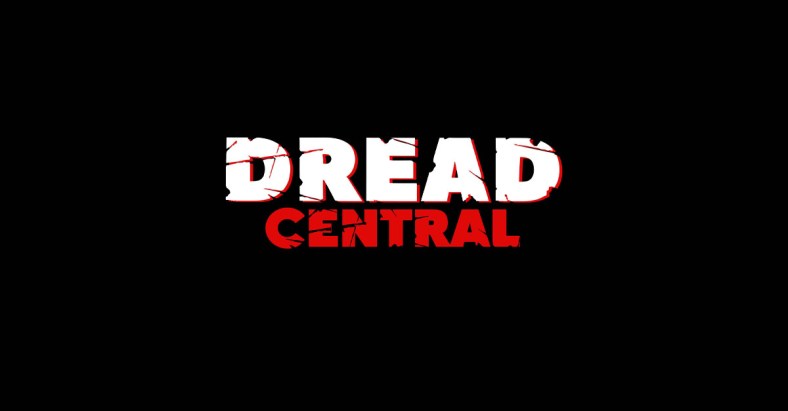
The kills are really hit or miss in this one, as being shot in 3D, most are executed for such effect, and not only are they ineffective watching the film in 2D, but they are, for the most part anyway, uninspired creatively. The Friday the 13th series has always been at its weakest when it comes to rely on gimmicks. There are, though, a couple of great exceptions here.

First, and most notably, there is Vera’s death via the speargun shot to her eye. With or without the 3D, it works very well and is one of the best and most iconic kills of the entire franchise. Manfredini’s more traditional F13 part of his soundtrack ushers in the set-piece, as Jason appears in the hockey mask, slowly walking as he carries the speargun in both hands. He then stops to look at Vera, and now holding the speargun in his right hand, he slowly raises it and carefully takes aim. As Brooker aims directly towards the camera, the spear flies out, hitting the screen, and we feel the impact as it goes through Vera’s left eye. Then the masked lunatic drops the speargun as if it does not mean shit. The build-up thanks largely to Manfredini’s score, seeing Voorhees don the hockey mask for the first time, the precision of this sequence’s execution, and Park’s reaction when the spear hits make for one of the most memorable moments in slasher history.

This is followed up nicely by the gruesomeness of Andy’s bisection, with the nastiness of its aftermath also shown in all of its gory glory. The brutal bisecting of a man in Ruggero Deodato’s Cut and Run (1985) only rivals its disturbing nature. There are also many memorably creepy moments sprinkled throughout, including the dream sequence at the film’s ending – the ghastly imagery of a decomposed, worm-faced Mrs. Voorhees, rising from the lake, grabbing Chris from the canoe she is sitting in and dragging her under the water. This is of course an homage to the original’s classic climactic jump scare – one of the greatest in the history of cinematic horror.
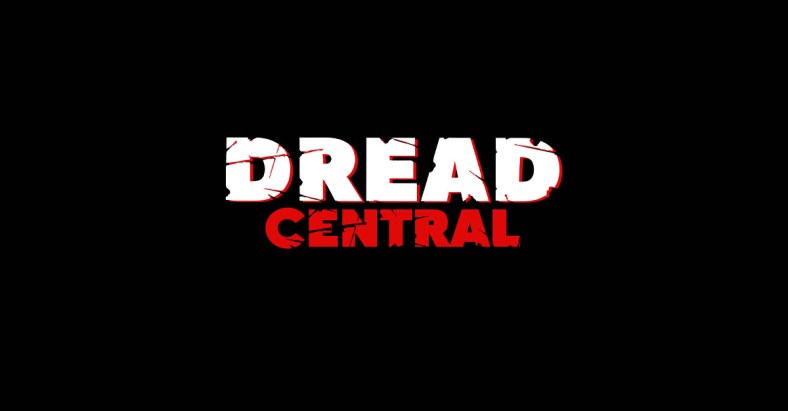
Friday the 13th Part III is arguably the lesser of the classic first four entries in the series. It features one of the worst final girls, and the murder set-pieces are mostly lackluster. Despite these shortcomings, though, it still has enough highly memorable and very entertaining moments. Its injection of campiness and cheesiness only adds to its slashtastic fun factor, but it still maintains a mean-spirited tone, encapsulated in a twitchy giallo-esque atmosphere that transcends through these first four films. This is still immensely enjoyable hokum, serviceable slasher goodness doing what it says on the tin.
Categorized:News Retrospectives

